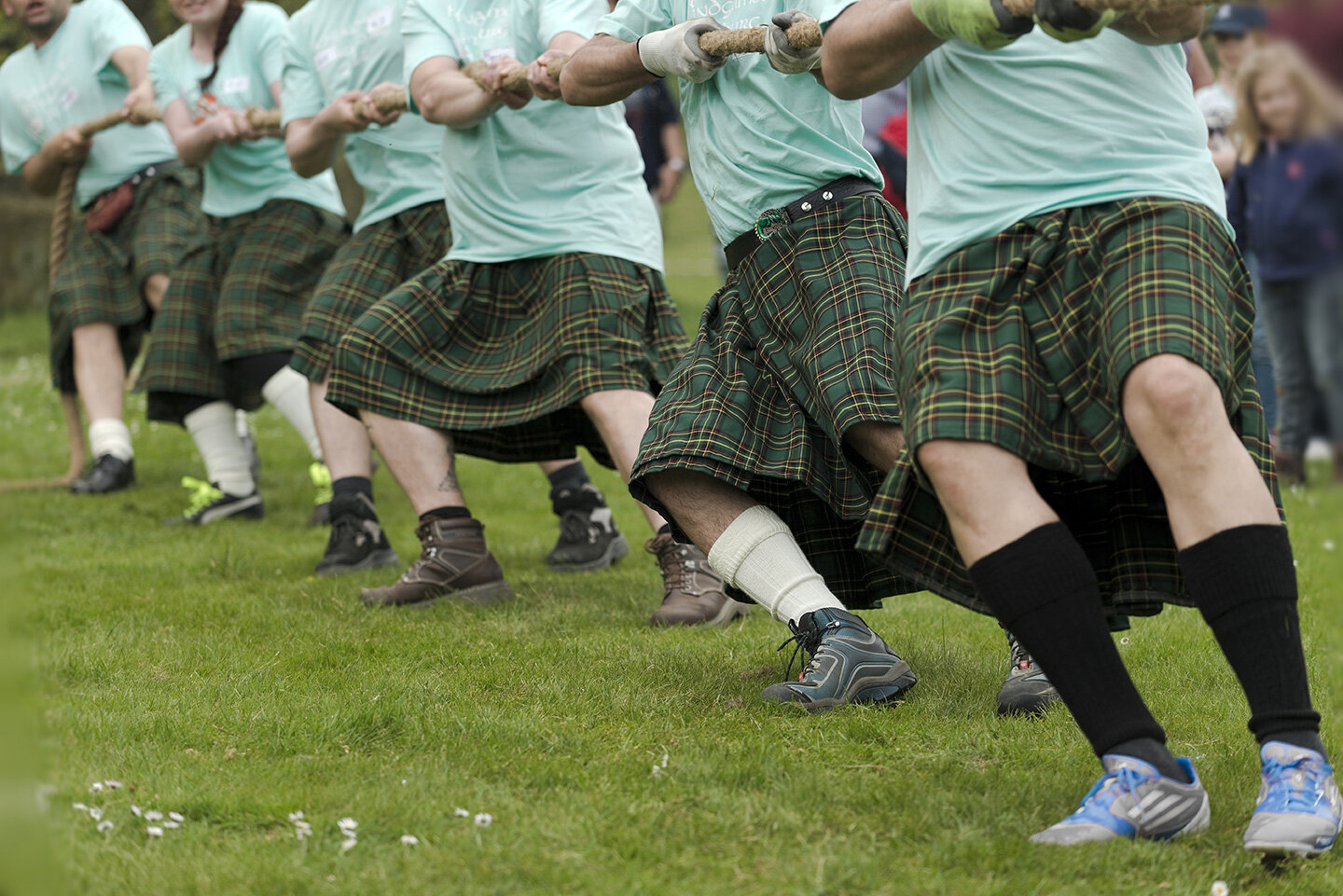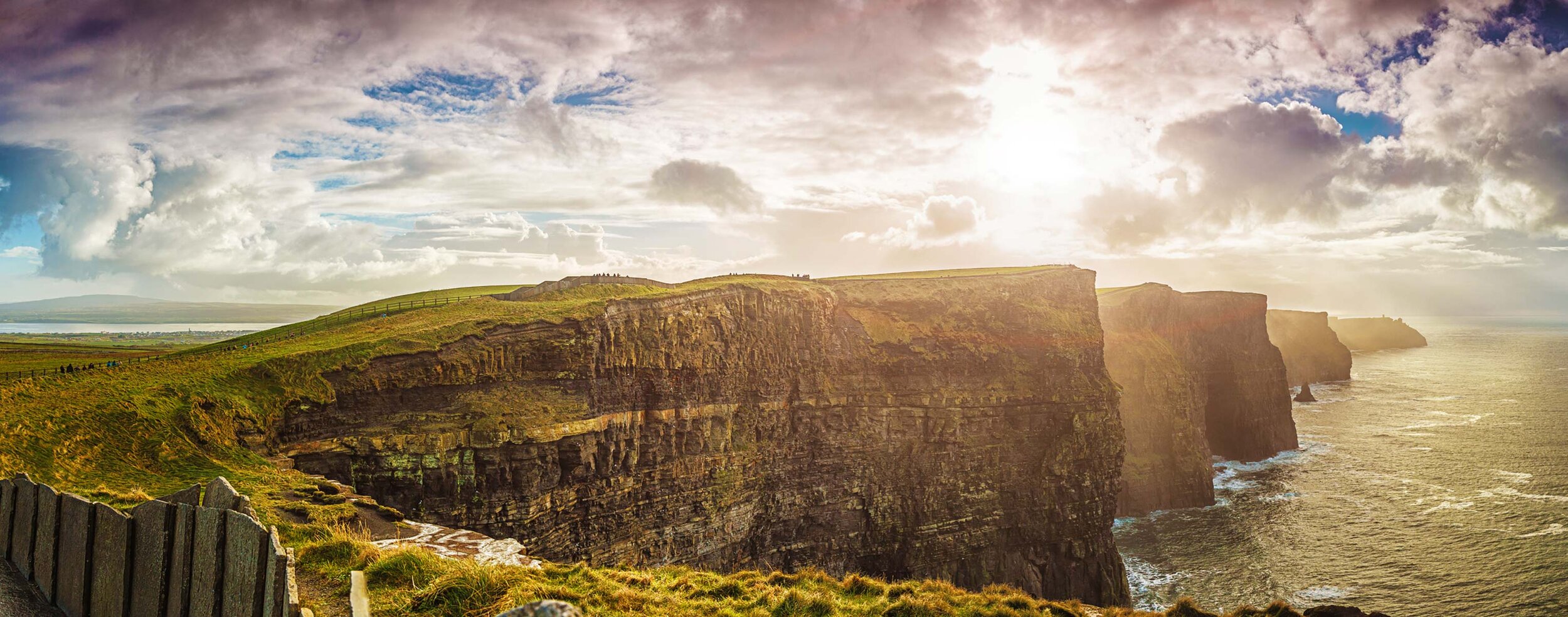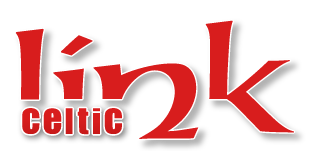
Celtic Sports…
Explore Sport in the Celtic Nations…
Introduction
The Celtic nations have produced some truly unique sports. Shinty (Scotland, Isle of Man), hurling (Ireland) and Gaelic football (Ireland) have many elements of hockey, soccer and rugby, but add their own Celtic twist. They may be little known outside their home nations, but when the All Ireland Finals of hurling and Gaelic football each attract more than 80,000 spectators to Dublin, it’s obvious how big a deal these sports really are. Celtic wrestling can also be found across all the nations, including Brittany and Cornwall.
And while it’s now a global game, it shouldn’t be forgotten that golf was originally a Celtic sport, having been invented in Scotland. St Andrews boasts the oldest golf course in the world and the country is now home to some 550 other courses.
When it comes to sports with a noble history, the Highland Games are in another league. Their origins go back to a time when Clans competed against each other in various trials of strength such as caber tossing and tug o’war.
But there was a softer side to the festivities as well, with music and dance featuring prominently. Today, while the Games are most associated with Scotland, traditional gatherings take place around the world, particularly in the USA and Canada, but also New Zealand and Australia.
Then there are the other more ‘mainstream’ sports in which Celts shine. Rugby is practically a religion in Wales, while the Irish and Scots are also passionate – and world class – participants in the sport. Wales’ Gareth Bale and Aaron Ramsey play at the highest levels of football, the global game. In cycling, the Isle of Man’s Mark Cavendish has followed in the wheel tracks of Scotland’s Chris Hoy who has five Olympic gold medals to his name. And Gerraint Thomas took the sport’s ultimate prize home to Wales when he won the Tour de France in 2018.
Shinty
With origins going back almost 1,500 years, shinty (camanachd in Scottish Gaelic) is now played mainly in the Scottish Highlands, though Highland migrants have taken it to some of the country’s cities.
There are 12 players per team and the object is to hit a hard ball, which is about half the size if a tennis ball, with a curved wooden stick (called a caman) into a goal. The game has similarities to field hockey, although a key difference is that the ball can be played in the air and both sides of the stick can be used. Although feet can be used in the outfield, goals can only be scored with a stick.
Unlike some other traditional Celtic sports, scoring is simple with a single ‘point’ for a goal, with the team scoring the most goals winning.
The season runs from spring to autumn, with the climax being September’s Camanachd Association Challenge Cup final. The sport’s governing body is the 126-year old Camanachd Association
A similar game to shinty is played on the Isle of Man and is known as cammags. The sport had largely died out by the turn of the 20th century but has recently been enjoying something of a revival.
Links
Camanachd Association https://www.shinty.com/
Hurling
Hurling, played mainly in Ireland, has a claim to be even older than shinty and some say it dates back as much as 4,000 years. It’s also said to be the fastest game played on grass. One thing is for sure though; it has elements of many other games and requires formidable skill and not a little courage to play.
Hurling has some similarities to shinty but with several important differences. Both sports use a wooden stick – a hurley or caman in Irish - to hit a hard ball into an opponent’s goal nets. In hurling though, points can also be scored if the ball passes over the crossbar and between two rugby post-type uprights. There are also 15 players per team rather than 12 and the stick has a broader more flattened end than a shinty caman.
There are complex rules governing how the ball may be carried and passed and also how an opposing player can be tackled. It can all be very confusing to the first time spectator and also explains why no fewer than eight officials are required to oversee a match. The sport is overseen by the Gaelic Athletic Association, which was founded in 1884.
The highlight of the hurling calendar is the All Ireland Senior Hurling Championship Final, played in Dublin in August and attended by a staggering 82,300 people in 2018. To put that in context, as a percentage of the total population that would be like 5.6 million Americans turning up to watch the Super Bowl.
A game called Camogie, which is very similar to Hurling, is played by women.
Links:
Gaelic Athletic Association https://www.gaa.ie/
Gaelic Football
With around 2,600 clubs, Gaelic football is Ireland’s most popular spectator sport. In its current form, Gaelic football is more recent sport than hurling or shinty, dating from the late 19th century, and is played with a round leather ball a bit bigger than a volleyball. It has elements of soccer and rugby and bears a close resemblance to Australian Rules Football. With no pads or body protection, it’s not a game for the faint-hearted.
Like hurling, there are 15 players per team and different points can be scored by kicking or punching the ball either into the net below the crossbar or over it between two uprights. There are intricate rules about how the ball can be advanced up the field and how tackles may be made. Most importantly, a player can’t run more than four steps holding the ball without either bouncing it on the ground or dropping it onto his own foot and flicking it back up.
Clubs from Ireland’s 32 counties fight it out for a place in the All Ireland Final, held at Croke Park in Dublin every September. With more than 80,000 spectators in attendance, this is not a weekend to be looking to casually book a Dublin hotel room at the last minute.
Links:
Gaelic Athletic Association https://www.gaa.ie/
Wrestling
Celtic wrestling survives in three main forms and regions: Gouren In Brittany, Cornish style in Cornwall and Backhold wrestling in Scotland.
There are several styles of Celtic wrestling but the one thing they have in common is that it is a standing only form with no grappling on the ground. No grips below the waist are permitted and various lifting, tripping, sweeping, and throwing techniques, most using the feet and legs, are the main feature. Most of the variation between different national ‘codes’ is in the style of clothing worn.
Gouren remained consistently popular in Brittany and today has a network of clubs and a national federation. Wrestlers wear a special white shirt, or roched, tied with a belt, and black trousers. The goal it to put the opponent on his back with both shoulder blades striking the ground.
Despite being the Duchy’s oldest sport, Cornish wrestling struggled to survive for a long time but has made a comeback in recent years. Like Gouren, the goal is to throw the opponent and get them to land as flat as possible on their back. Wrestlers wear rough jackets and holds may only be made on these and not on the opponent’s body. Cornish wrestling spread to Australia, America and South Africa with the miners who emigrated there in search of work during the 19th century.
Scottish backhold wrestling is somewhat different in style. Bouts start with competitors grasping each other and the winner is the one who breaks the hold or who touches the ground with any part of the body other than the feet. Backhold wrestling features prominently at the country’s many Highland Games.
Highland Games
Several sports feature prominently in the many Highland Games held in Scotland and oversees each year between May and September with peaks in July and August when there are more than 30 events per month.
Some are small affairs with just the local community participating while others attract hundreds of competitors and thousands of spectators. The biggest event is reckoned to be the Cowal Highland Gathering, held at Dunoon to the west of Glasgow at the end of August with some 23,000 visitors. Another favourite is the Braemar Gathering in Aberdeenshire, held on the first Saturday in September and frequently attended by members of the Royal Family.
Many of the Highland Games sports are to be seen nowhere else and the events are divided between heavy (tossing the caber, hammer throwing, shot put) and light (running, tug o’ war, dancing).
The caber toss is as Scottish as haggis and symbolises the Highland Games. A competitor lifts a full-length log of Sots pine from the bottom and the aim is to toss it so it lands on the other end and falls as close to the 12 o’clock point away from the thrower. Other sports such as the hammer throw and shot put reflect their military origins.
But it’s not all about bearded men flexing their muscles. Traditional music and dance is as much a part of the Highland Games experience as the sports and livestock parades and competitions are also popular.
Highland Games are also popular overseas, with dozens of events each year in the United States, Canada and elsewhere.
Links:
Scottish Highland Games Association http://www.shga.co.uk/



